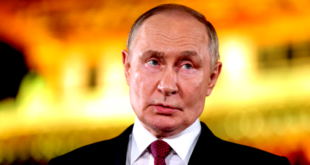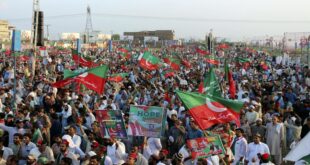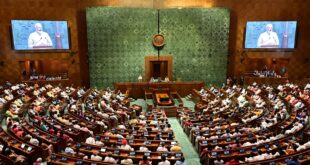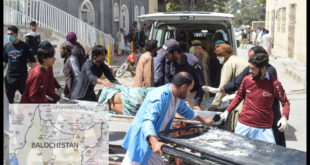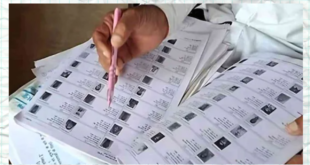 Dr. Utkarsh Sinha
Dr. Utkarsh Sinha
Nepal, once globally renowned as a Hindu monarchy, has been undergoing a complex socio-political transformation since becoming a republic in 2008. The royal massacre of 2001 and the Maoist insurgency of 2006 brought an end to the monarchy, but in recent years, the voice of monarchy supporters has resurfaced. The large protests in Kathmandu in 2025 have reignited the question of whether a return of the monarchy in Nepal is possible. This editorial presents an in-depth analysis of the current strength of monarchy supporters in Nepal, the basis of their support, and their future prospects.
In 2025, monarchy supporters in Nepal organized several significant protests. In March, thousands took to the streets of Kathmandu demanding the restoration of former King Gyanendra Shah. These protests turned violent, resulting in the deaths of two individuals. In May, crowds gathered again, calling for a constitutional monarchy and the reinstatement of Nepal as a Hindu state. These demonstrations not only demand the restoration of the monarchy but also reflect a desire to redeclare Nepal as a Hindu nation. With approximately 80-90% of Nepal’s population being Hindu, this cultural and religious identity is a significant motivator for many supporters.
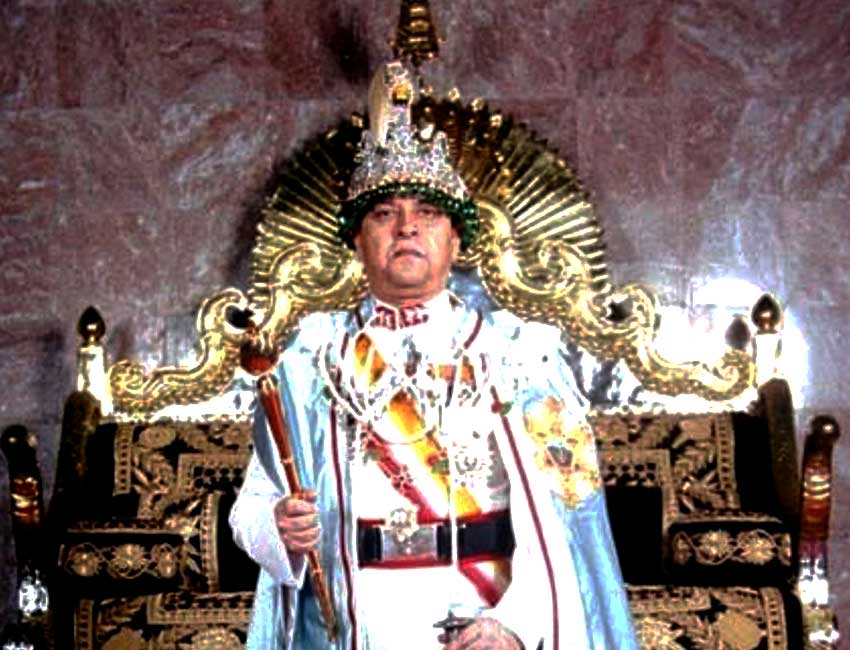
However, the scale and impact of these protests are limited. Reports mention a maximum crowd of 60,000, a small fraction of Nepal’s 30 million population. This group represents a “vocal minority,” passionately voicing their demands but lacking widespread public support, which weakens their influence. Supporters include the urban middle class, rural Hindu communities, and some former soldiers, all disillusioned with the failures of the republic.
The support for the monarchy rests on several factors:
-
Political Instability: Since 2008, Nepal has seen over 13 governments in 17 years. Frequent government changes, corruption, and policy inefficiencies have bred public discontent. Many view the monarchy as a symbol of stability, particularly recalling the relative stability of the 1990s.
-
Cultural and Religious Identity: Until 2008, Nepal was recognized as a Hindu nation. The declaration of secularism has sparked fears among many Hindus of losing their cultural identity. Some analysts believe that organizations promoting Hindutva in India, such as the Rashtriya Swayamsevak Sangh (RSS), are fueling this sentiment in Nepal.
-
Social Media and Youth: Social media, particularly X (formerly Twitter), has provided monarchy supporters a platform to amplify their voice. Some youth, especially from the middle class, envision the restoration of the monarchy through military intervention. However, support among Generation Z (aged 18-25) is weak, as they view the monarchy as an outdated system.
Strength of Monarchy Supporters
To understand the strength of monarchy supporters, we must examine their organization, influence, and social acceptance. In terms of organization, parties like the Rastriya Prajatantra Party (RPP) advocate for the monarchy and a Hindu state. However, the RPP’s influence is limited, and it holds no significant position in parliament. In terms of social acceptance, supporters are primarily confined to rural areas and some urban pockets.
The 2025 protests demonstrated passion among supporters, but their numbers and resources are insufficient to challenge the established republican system. The army, once loyal to the king, is now under republican control, making its intervention unlikely. Furthermore, Nepal’s younger generation, raised in a republic, views the monarchy as a romantic but impractical idea.
Future Prospects
The future of monarchy supporters in Nepal depends on several factors, including political stability, socio-economic reforms, and external influences.
Potential Developments
-
Capitalizing on Political Crisis: If political instability in Nepal intensifies, such as the frequent fall of recent governments, monarchy supporters may gain further traction. Some analysts suggest that a constitutional monarchy, as seen in Britain or Bhutan, could serve as a compromise. This could bring stability, especially if former King Gyanendra Shah is given a symbolic role.
-
Demand for a Hindu State: The call for reinstating Nepal as a Hindu state unites monarchy supporters. If dissatisfaction with secularism grows, it could bolster this movement. Support from neighboring countries like India could also amplify this demand.
-
Impact of Social Media: Social media has provided monarchy supporters with a platform, and it could further amplify their propaganda in the future. If they succeed in attracting the younger generation, their base could strengthen.
Challenges
-
Legal and Constitutional Barriers: Nepal’s constitution provides no pathway for restoring the monarchy. A constitutional amendment would be required, which is impossible in the current political landscape. Scenarios like military intervention or rebellion are impractical and dangerous.
-
Limited Public Support: The support base for the monarchy remains a minority. Most Nepalis, particularly urban youth and the educated class, have accepted the republic. The monarchy is seen as an outdated and irrelevant system that does not align with modern Nepal’s aspirations.
-
External Influence and Geopolitics: Nepal’s geopolitical situation is complex. India and China, both neighboring countries, wield significant influence in Nepali politics. India may support Hindutva and potentially monarchy supporters, but China backs communist parties and the republic. This external influence complicates the movement.
-
Priorities of the Younger Generation: Generation Z and Millennials are demanding development, employment, and social justice. The 2025 protests showed that youth prioritized systemic reforms over the monarchy, indicating its weak appeal among the younger demographic.
Monarchy supporters in Nepal are a reflection of the country’s political and social instability. Their strength, though vocal and emotionally charged, is limited in numbers and organization. The republic’s failures, such as corruption and frequent government changes, provide supporters with a platform, but this has not translated into broad public support. In the future, a full restoration of the monarchy is improbable, as neither the constitutional framework nor social acceptance favors it.
However, if monarchy supporters limit their demands to symbolic goals like a constitutional monarchy or a Hindu state, they may exert some influence. Yet, the real solution for Nepal’s future lies in institutional reforms, such as a strong opposition, anti-corruption laws, and economic development. Without new-generation leadership and progressive policies, the monarchy supporters’ movement will remain a “fleeting fantasy.” Nepal must strengthen its republic for stability and prosperity, rather than reverting to an outdated system.
(The author is a senior journalist and commentator on international politics.)
 Jubilee Post News & Views
Jubilee Post News & Views
